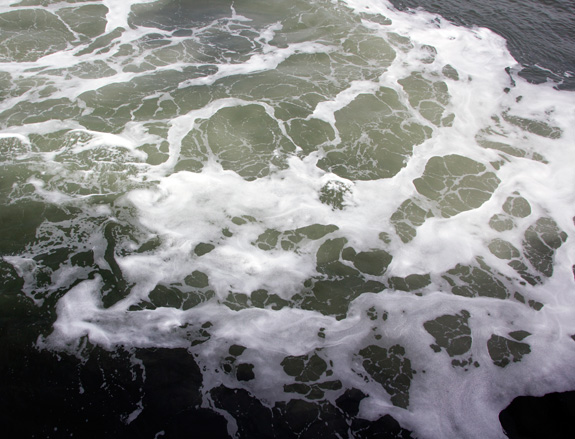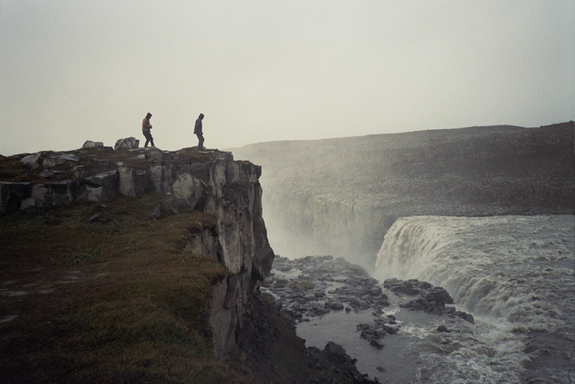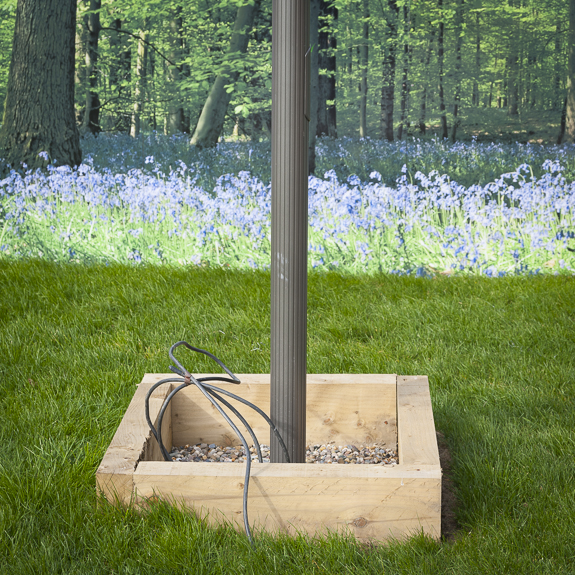
www.CargoCollective.com/AlejandroMedina-gt
Many would think that dreams are completely fictitious, simply creations of our imaginations. However it is curious that, as revealed by psychologist Sigmund Freud, dreams are solely based on real experiences. When dreaming our minds play with different fragments of our lives, and change details in them to create spaces and events that appear to be unrecognizable to many.
Freud proposed that since the moment our hearts start beating and our minds begin to wonder, all instances are permanently recorded in our minds. And although we might consciously forget about most of them, they are embodied in our minds for “eternity.” For some reason there are moments that in a certain way have an impact on us as individuals, and so recur in our unconscious and are constantly relived in dreams. This series is a photographic research of these powerful moments in my day to day. And although some might appear to be somewhat insubstantial, they are all spaces in time that have a certain magic that appeals to my personal unconscious and so in a way make me who I am. They are all moments worthy of reliving in dreams.
— Alejandro Medina, Guatemala City, Guatemala


















